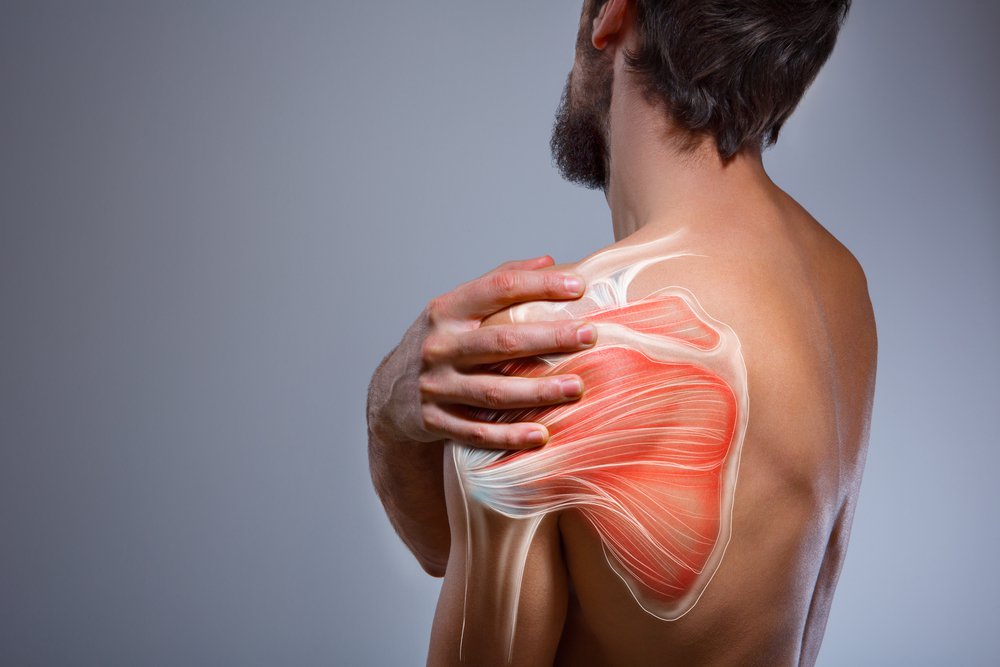
Consult for Shoulder Dislocation Treatment and Shoulder Surgery in Noida and Greater Noida
The tissue known as the labrum aids in maintaining the position of the hummers, the end of the arm bone. The shoulder joint’s socket is incredibly shallow and unstable. This indicates that there is inadequate retention of the shoulder bones. As a result, the labrum, a cuff of cartilage in the shoulder joint, creates a cup-like space for the end of the arm bone to slide in. Dr. Himanshu Gupta is the finest doctor for shoulder dislocation treatment in Noida extension. He has successfully completed thousands of shoulder surgery in Noida and Greater Noida.
The labrum encircles the narrow shoulder socket, deepening it. The shoulder joint is substantially more stable and has a very broad range of motion because of this cuff of cartilage.
Due to its dense tissue composition, the labrum is prone to damage from stress to the shoulder joint. If you have injured your shoulder, a labral tear may be the culprit.
Causes
Shoulder labral tears can occur from an injury or through a long-term wear and tear. Common causes include the following:
- Dislocated shoulder
- A violent overhead reach, such as when trying to stop a fall or slide
Shoulder Dislocation Risk Factors
Factors that may increase your chance of a labral tear include:
Participation in certain sports, such as:
- Baseball (pitchers),Golf,Weightlifting,Tennis
- Falling onto your shoulder
- Repetitive movements of the shoulder
- Lifting heavy objects
- Breaking a fall with your arms
- Direct blow to the shoulder
- Symptoms
Symptoms may include:
- Pain in the shoulder or arm,
- catching or loosening of the shoulder,
- loss of shoulder range of motion,
- weakness in the arm or shoulder,
- pain when moving the shoulder,
- popping or grinding sensations, and
- soreness in the shoulder.
Diagnosis
You will be asked about your symptoms and medical history. A physical exam will be done.
Imaging tests to evaluate the shoulder and surrounding structures may include:
- X-RAY
- MRI scan
- CT scan
- Treatment
Treatment options include the following:
Medical Treatment:
- Nonsteroidal anti-inflammatory drugs (NSAIDs)
- Rest, heat, and/or ice
- Physical therapy to strengthen muscles
This course of treatment is typically tried for several weeks. Surgery is considered if there is no improvement. To relieve pain and inflammation in your shoulder, your doctor may also administer an injection of steroids.
Surgical Treatment
In a shoulder arthroscopy, a doctor makes a tiny incision and inserts a thin, lit tube to inspect and treat the problem. This tube is used to thread small equipment through. The torn tissue or ligament may be stitched back together or removed. Any damaged tendons may also be repaired using threads or anchors.
Rehabilitation
You will be given a sling to wear for up to 4 weeks following surgery. After the sling is taken off, you will progressively strengthen your arm muscles and improve your range of motion while working with a physical therapist.
Prevention
To help reduce your chance of a shoulder labral tear:
- Use the proper technique when playing sports.
- Avoid putting yourself at risk for trauma to the shoulder area.
- Perform stretching and strengthening exercises that target the shoulder area.
